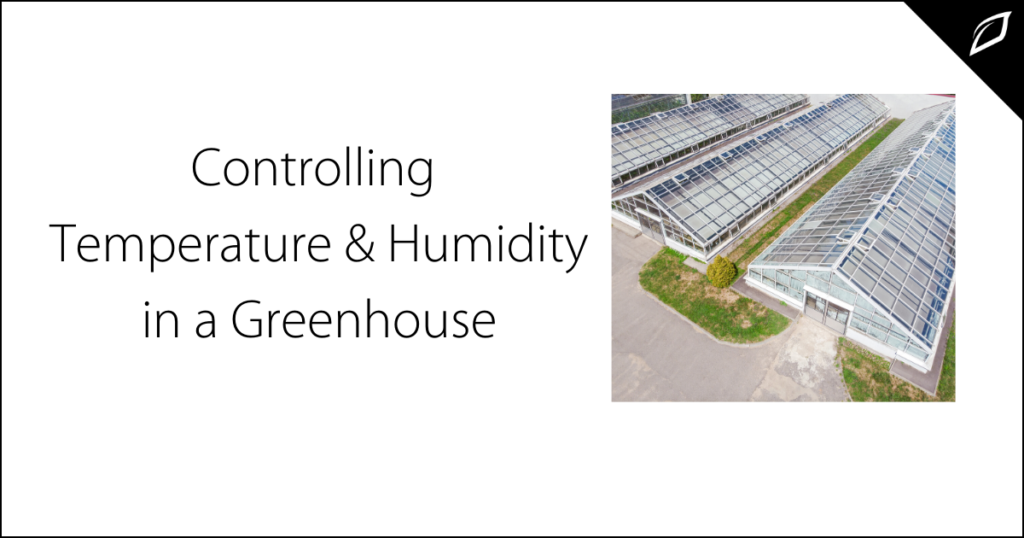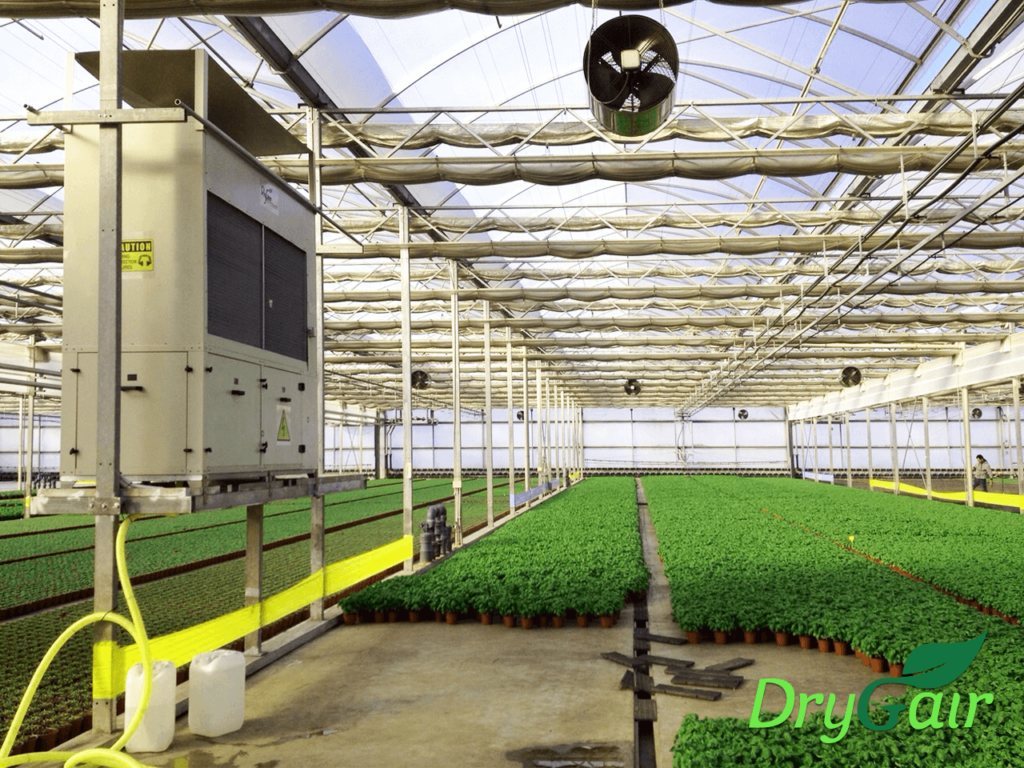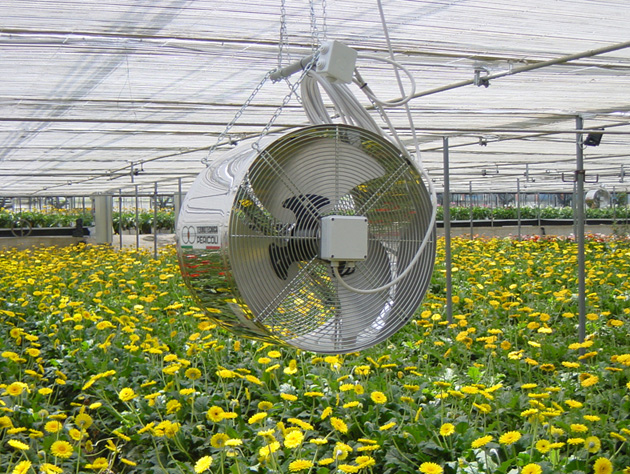
If you’re constantly battling with excess moisture or dryness in your greenhouse, you’re not alone. The struggle to maintain optimal humidity levels is a common challenge for greenhouse owners, but fear not! In this article, we will explore practical and effective methods for controlling humidity in your greenhouse. From ventilation techniques to the strategic placement of plants, we’ve got you covered. So grab your gardening gloves and get ready to create the perfect environment for your greenery!
Methods for Controlling Humidity in a Greenhouse
Greenhouses provide an ideal environment for plants to thrive, but maintaining the right humidity levels is crucial for their growth and overall health. Humidity control plays a significant role in promoting optimal plant growth, preventing diseases, and ensuring efficient pest control. In this article, we will explore various methods and techniques that can be employed to effectively control humidity in a greenhouse, allowing you to create the optimal environment for your plants to flourish.
Understanding the Importance of Humidity Control
Humidity levels can significantly impact plant growth and development. Both high and low humidity levels can have adverse effects on plants, leading to various problems. High humidity can create a breeding ground for fungal diseases such as powdery mildew and botrytis, while low humidity can result in dehydration and stunted growth. It is crucial to find the right balance and maintain optimal humidity levels for different crops.

This image is property of blog.growlink.com.
Monitoring Humidity Levels
To effectively control humidity in your greenhouse, you first need to monitor the humidity levels accurately. There are various types of humidity sensors available that can help you measure the moisture content in the air. These sensors can be placed strategically in different areas of the greenhouse to provide an accurate representation of the overall humidity levels. Regular monitoring and recording of humidity levels will allow you to track any fluctuations and make necessary adjustments to maintain the desired conditions.
Air Circulation and Ventilation
Proper air circulation and ventilation are essential for humidity control in a greenhouse. The aim is to create a continuous flow of fresh air to prevent the buildup of excess moisture. Natural ventilation techniques, such as opening windows and vents, can help facilitate this airflow. Additionally, forced ventilation systems, such as exhaust fans and intake fans, can be installed to control air movement more effectively. Utilizing smart ventilation control systems can also automate the process, adjusting ventilation as needed based on preset conditions.

This image is property of drygair.com.
Temperature Control
Humidity and temperature go hand in hand, and maintaining the right temperature range is crucial for humidity control. Higher temperatures can lead to increased evaporation and subsequently raise humidity levels, while lower temperatures can result in condensation and elevated humidity. It is important to find the optimal temperature range for humidity control, considering the specific requirements of the plants being grown. Heating and cooling methods, such as heaters and evaporative cooling systems, can be utilized to achieve the desired temperature range.
Shading and Insulation
Proper shading and insulation play a vital role in maintaining consistent humidity levels in a greenhouse. By using shade cloth, you can reduce the intensity of sunlight and regulate temperature, thereby preventing excessive evaporation and humidity buildup. Installing insulation materials, such as bubble wrap or thermal blankets, can also help regulate temperature and minimize moisture fluctuations. Choosing the right materials for shading and insulation, based on the specific needs of your plants and climate conditions, is paramount.

This image is property of greenhouseemporium.com.
Watering Practices
Watering practices have a direct impact on humidity levels in a greenhouse. Overwatering can lead to excessive moisture in the air, causing high humidity levels. On the other hand, underwatering can result in low humidity, leading to desiccation and stress for the plants. To manage humidity effectively, it is essential to adopt proper watering techniques. Watering should be done at appropriate intervals and in the right amount to maintain optimal soil moisture and prevent excessive evaporation.
Humidity Control with Fans
Fans can be effective tools for humidity control in a greenhouse. Positioning fans strategically throughout the greenhouse ensures proper air circulation, reducing the risk of humidity buildup. Exhaust fans can help remove excess moisture and prevent stagnant air pockets, while circulation fans can evenly distribute fresh air throughout the greenhouse. Choosing fans suitable for greenhouse use, such as high-velocity fans or oscillating fans, ensures maximum efficiency. Operational considerations, such as fan speed and direction, should also be taken into account for effective humidity control.

This image is property of drygair.com.
Humidity Control with Misting Systems
Misting systems can be a valuable addition to your greenhouse for humidity control. These systems emit fine water droplets into the air, increasing humidity levels when needed. There are various types of misting systems available, including overhead misters, foggers, and low-pressure misting systems. Proper installation and placement of misting systems are crucial to ensure even distribution of moisture. It is essential to manage runoff and prevent water waste by optimizing the misting system settings based on your specific greenhouse requirements.
Humidity Control with Dehumidifiers
In cases where humidity levels are consistently high, dehumidifiers can be utilized to extract excess moisture from the air. Dehumidifiers work by condensing moisture and collecting it in a reservoir, effectively lowering humidity levels. There are different types of dehumidifiers available, including refrigerant-based and desiccant-based dehumidifiers. Integrating dehumidifiers with other humidity control methods, such as fans or ventilation systems, can help create a comprehensive system for maintaining the desired humidity levels.

This image is property of www.pericoli.com.
Humidity Control with Heating Systems
Heating systems can also contribute to humidity control in a greenhouse. By regulating temperature, heating systems indirectly impact humidity levels. When the greenhouse temperature is lower, less evaporation occurs, resulting in decreased humidity. Different types of heating systems, such as radiant heating or forced-air heating, can be utilized to provide heat and create the desired temperature range for humidity control. Integrating heating systems with temperature and humidity control mechanisms ensures a holistic approach to maintaining ideal greenhouse conditions.
Controlling humidity in a greenhouse is a multi-faceted task, requiring a combination of methods and techniques. By understanding the importance of humidity control, monitoring humidity levels, implementing proper air circulation and ventilation, managing temperature, utilizing shading and insulation, adopting appropriate watering practices, and exploring various humidity control systems, you can create an optimal environment for your plants to thrive. Remember, every greenhouse is unique, and finding the right combination of methods that works for your specific setup and crops is essential. With careful attention and consistent effort, you can successfully control humidity and provide the ideal conditions for healthy and vibrant plant growth.

